
Your Property
- Clear, well-defined borders between your property and public spaces (street/sidewalk) eliminates any ambiguity in determining where a stranger does not belong, spotlighting any malicious intent on the part of an intruder and increasing risk of detection. May consist of fencing or even clever landscaping. What’s important is sending the right environmental cues, not so much as creating a barrier.
- Limit landscaping and objects on your property where an intruder could evade detection by you, your neighbors or a passerby. Keep hedges and the like below waist height and keep the lower portion of your trees trimmed to maintain the kind of open environment that increases natural surveillance and makes your home a less appealing target. Criminals do not like operating in the open, it goes against the instincts on which they rely.
- Keep your valuables out of direct view of someone who might be casually scoping out your property. Burglary is about Risk versus Reward. If the Rewards are large, clearly visible and tempting, the burglar will be willing to accept greater Risk. The average loss in a residential burglary is over $2,000.
- Ensure that all entry points to your home are well lit by exterior lighting. This includes windows as well as doors. Lacking appropriate lighting, an intruder has all the time he could want in gaining entry without great risk.
- Pay attention to the signals that your property is sending. An unkempt, overgrown yard looks neglected and will tell a burglar that he will not likely encounter resistance and may not even be noticed in trying to gain entry. A well maintained property with clear markings of personal ownership illustrates to a burglar that the owner takes the control of her property seriously and that any affront will likely encounter strong resistance.
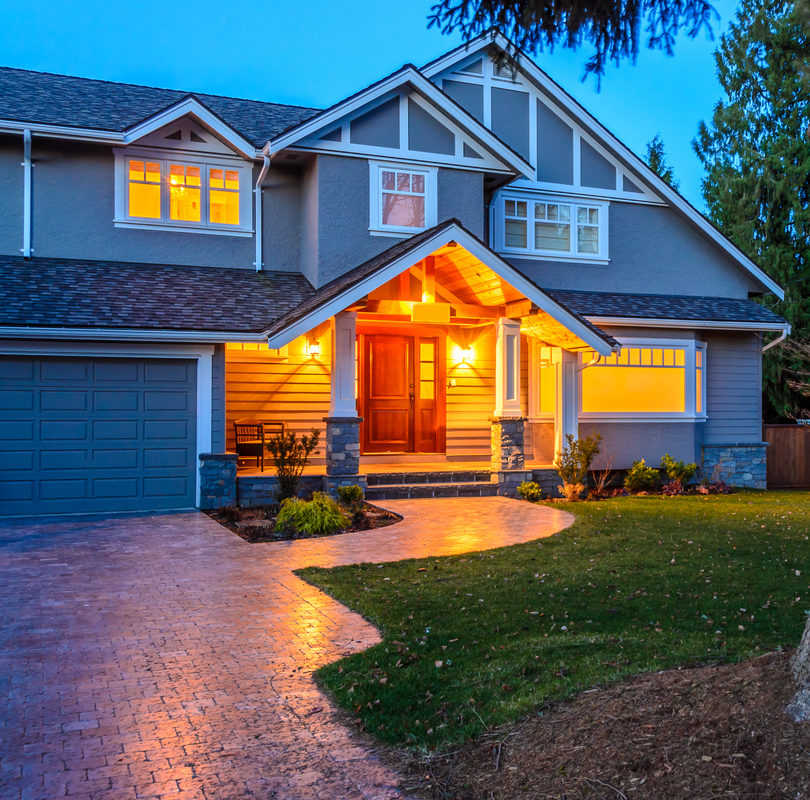
Your Building
- In securing a building it is always wise to create layers. For instance, install a deadbolt and a peephole in the door from your home to your garage. Without an alarm system, a burglar could probably force open a door in your garage in the middle of the night without you hearing a sound. However, an attempt to force open that second door has a much better chance waking everyone up and allowing for a response.
- It should always look like someone is home. Put one of your living room lamps and your exterior lights on a timer or Smart Device after dark. If you’ll be gone for a few days, have a neighbor park their car in your driveway.
- Unsecured window Air Conditioners can mean easy access for burglars. Get a security brace for sliding windows and fasten your Air Conditioner into the window frame using Air Conditioner brackets or corner brackets.
- Bundle and zip-tie your emergency release pull cord on your garage door. Burglars have been known to use tools to pull that cord from the outside, unlocking the overhead door and allowing them access.
- Get a Guard Dog! Specially trained working dogs are expensive, require periodic refresher training and are generally unsafe to double as family pets. But certain larger breeds are naturally inclined to protect their “pack" (your family), make great family pets and are safe for children. These breeds include German Shepards, Rottweilers, Doberman Pinschers and most Mastiffs. Additionally, female dogs are known to be more protective of their territory than males.
- Get a watchdog! This type of dog will alert you to unwanted visitors and potential danger. They don’t need to be large or specially trained, but must be loud and alert. Most terriers and poodles fit this profile.
- Consider outfitting your risky windows and glass doors (Basement, Back Yard) with an assault resistant film. Developed to withstand damage from fallen trees and blowing debris in hurricane season, this film is amazingly strong, completely transparent and will stretch with each blow, holding the broken glass together and making it very difficult for a burglar to penetrate. For more information give us a call or send us an email!
- Your Deadbolt is where you get most of your security in a residential door. To ensure it cannot be forced open, the latch should extend at least 1 inch into the frame, the strike plate should be of strong construction, and at least 3 inch screws should be used to screw the strike to the stud behind the frame.
- Consider using a double cylinder deadbolt for doors with windows. This means a key is needed to operate both sides, eliminating the possibility of a thief smashing the window, reaching in and turning the lock.
- Upon breaking into your home, burglars will head straight to the area that promises the most loot, which is typically the master bedroom. If you don’t have an alarm system, consider installing a deadbolt on your bedroom door or locate your valuables in a less obvious area.
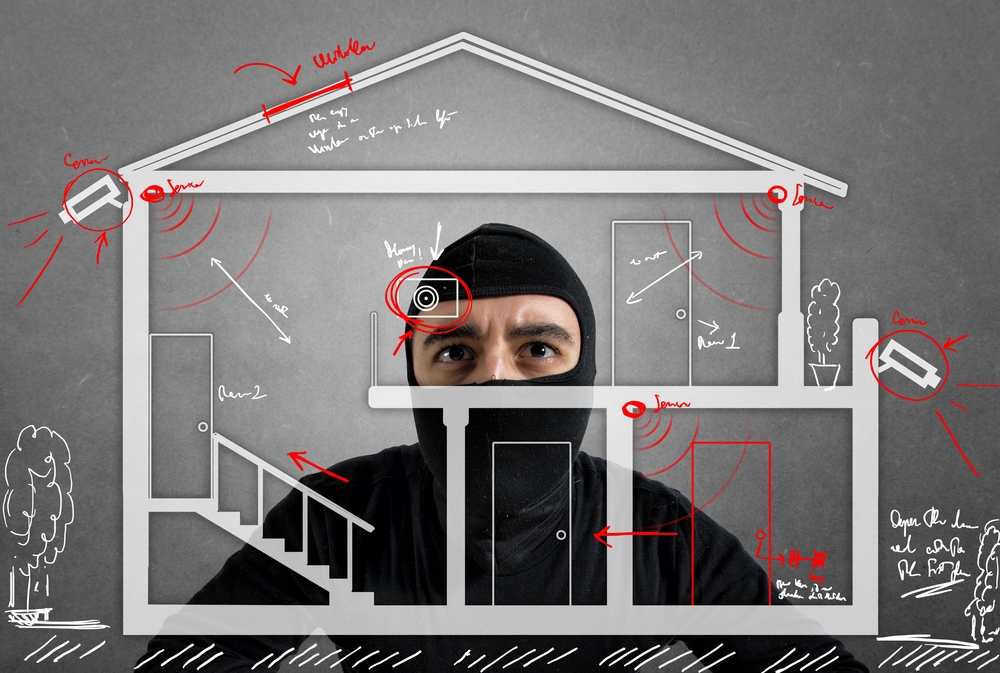
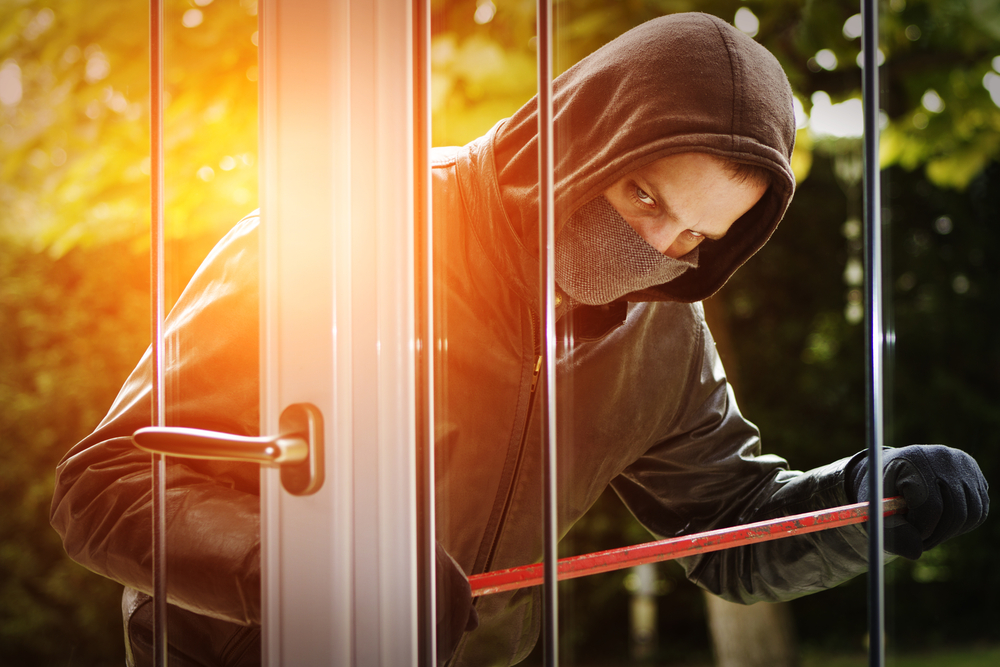
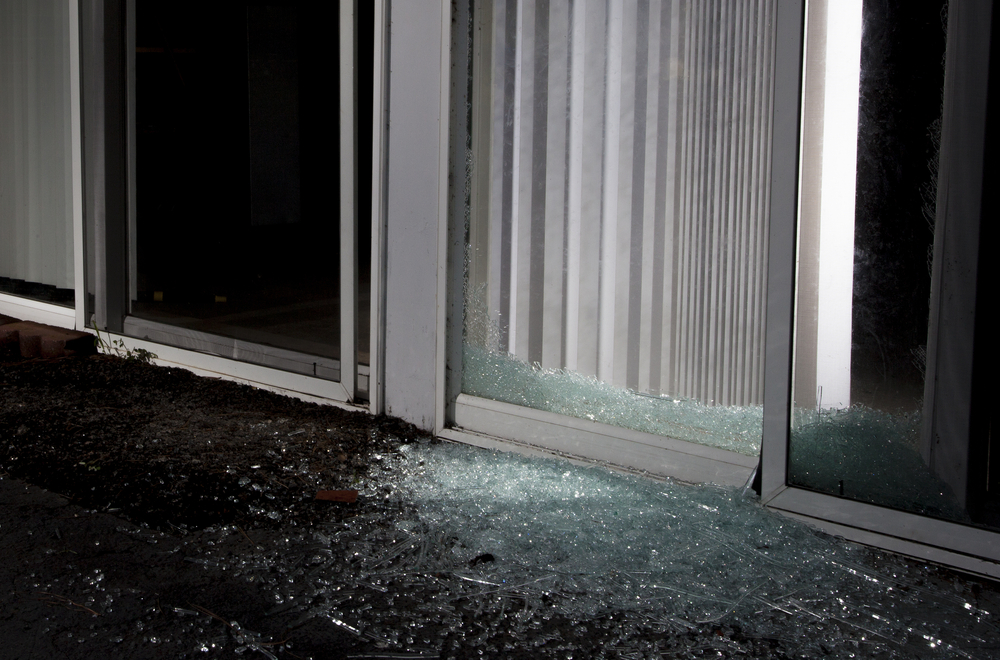
Habits
- Get to know your neighbors. Let them know you care about the safety of your neighborhood and that you will do what you can to keep it safe. They in turn will know who lives in your home and who does not belong. Encourage them to contact you or the police if they see something amiss.
- If you leave vehicles parked in your driveway or outside your home, take your garage opener inside with your car keys!! A car door is much easier to penetrate without damage than a door or window on your house.
- When you go to sleep at night, keep your car keys near your bed. In the event you hear noises in the night or wake up to someone breaking in, hit your PANIC button and the resulting alarm from your vehicle will attract attention and likely scare them off.
- Adopt a Security Routine, locking all the doors, checking all your windows and arming your security system before you leave your home and before you go to bed. Many burglars make a good living without ever breaking a window or damaging a single door due to the oversight of unsuspecting homeowners.
- Opening the door of your home to a stranger is a Point Of No Return. Always use a peephole, doorbell camera or window to view the visitor beforehand. If you must open the door, install a solid chain lock with long screws that cannot be kicked open or use a rubber stop underneath the door to stop a forceful entry.

These tips are based on concepts of Crime Prevention Through Environmental Design – Watch this video for an overview of these concepts
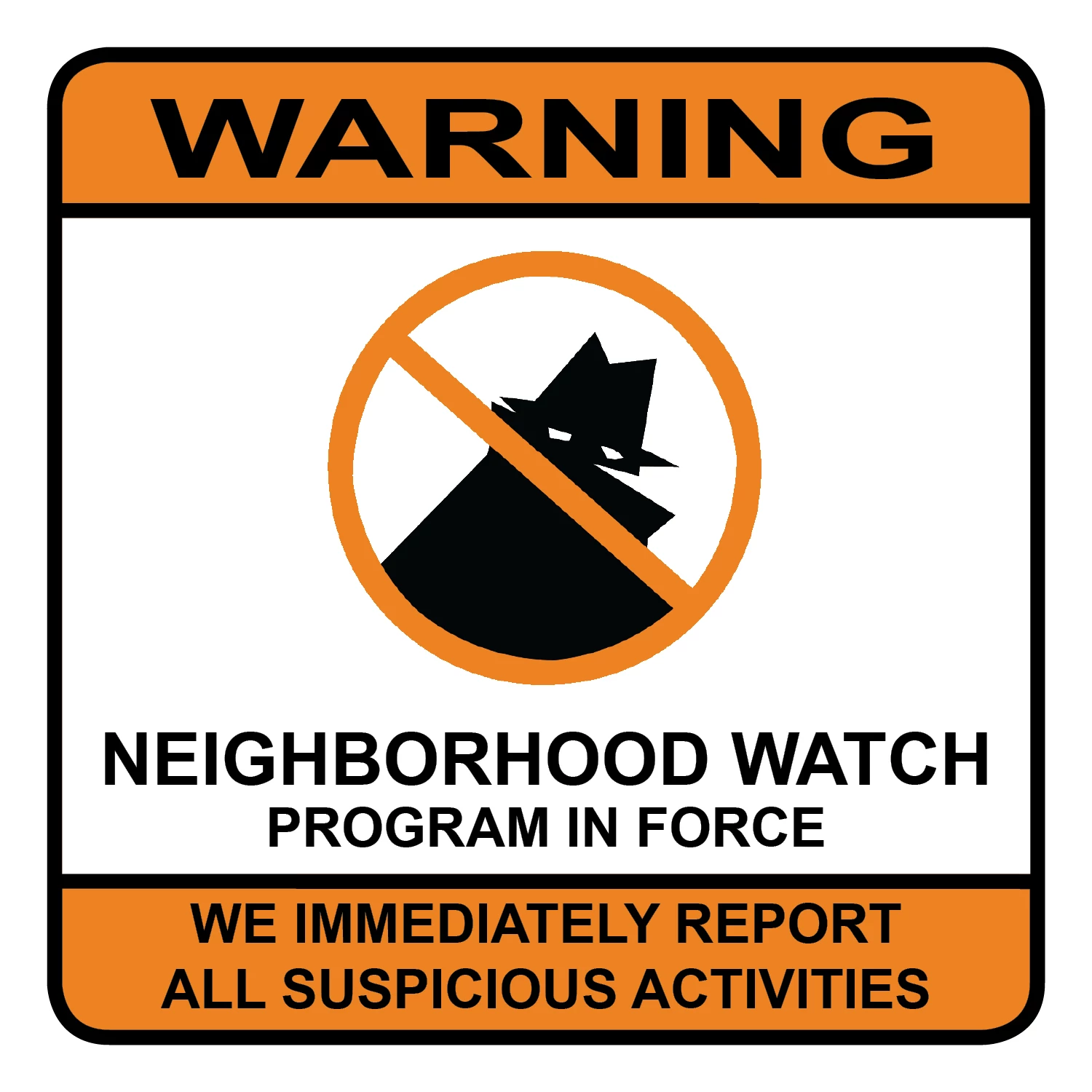
Learn how burglars choose targets in this video!
